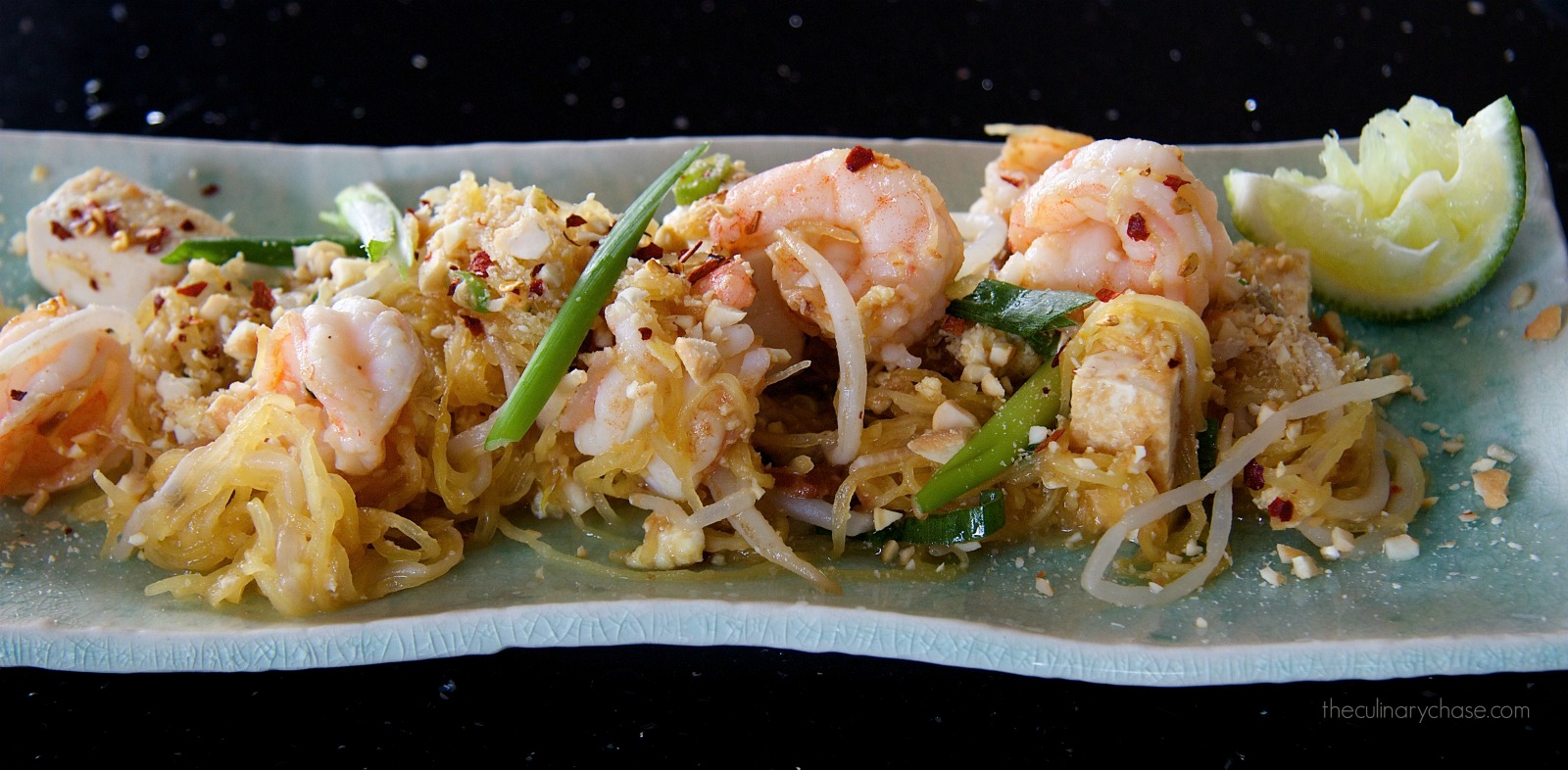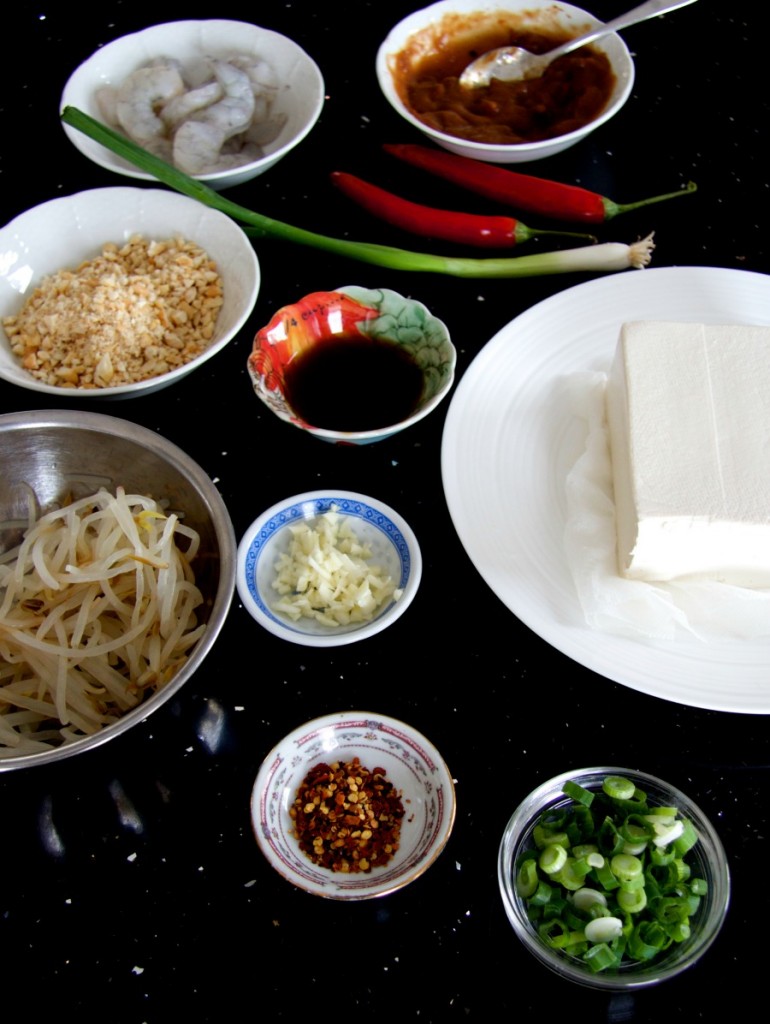 Living overseas provided us with an opportunity for our palates to mature and enjoy food we never would have tried back home either because it wasn’t being offered or the ingredients weren’t available (that was 15 years ago).
Living overseas provided us with an opportunity for our palates to mature and enjoy food we never would have tried back home either because it wasn’t being offered or the ingredients weren’t available (that was 15 years ago).
I was never a big fan of spicy foods but that changed over time and I now seek out foods with heat, not over-the-top fiery heat, but ones that generate a bit of sweat. Our first real Pad Thai experience was in Singapore in a hawker center. These centers are typically outdoor food places where you can experience Singapore’s rich heritage of food dishes consisting of Chinese, Indian, Malaysian, Indonesian and Thai influences. Pad Thai originated with street vendors in open air markets. Thai food has four fundamental taste senses in each dish: sour, sweet, salty, and bitter. Thai dishes are served with a spoon and fork. The use of fork and spoon were introduced by King Chulalongorn after his return from a tour of Europe in 1897. The fork, held in the left hand, is used to push food into the spoon. The spoon is then brought to the mouth. Traditionally Thai people ate with their hands just like the people of India and therefore chopsticks were never used and still aren’t. I’ve incorporated spaghetti squash in lieu of rice noodles and this dish is about as close to the real deal as you’ll get.
Serves 2
inspired from Bon Appétit
1 small spaghetti squash, cut in half (seeds removed)
vegetable oil
2 large eggs
1 tablespoon chopped garlic
8 medium shrimp, peeled (optional)
small container of pressed or firm tofu, drained and cubed
1 to 2 cups mung bean sprouts
5 tablespoons tamarind water, or tamarind paste mixed with 3 tablespoons water
2 tablespoons fish sauce
1 tablespoons simple syrup (palm sugar or brown sugar)
4 chives, chopped
crushed red chili peppers
chopped roasted cashews (or peanuts)
lime wedges
- Cook squash in a covered microwavable dish 5 to 8 minutes. Fluff and easily remove the strands with a fork; set aside.
- Heat 1 tablespoon oil in a wok or large skillet over medium-high heat. Add shrimp and cook, stirring, until they turn pink. Remove to a bowl and set aside. Add tofu and cook until slightly browned – remove from wok and set aside. Add another tablespoon of oil if wok is dry and stir in egg. Cook until it is the consistency of a wet scrambled egg. Add spaghetti squash strands and cook until heated through. Add sprouts, tamarind water, fish sauce, and simple syrup and stir-fry until sauce is coats the spaghetti squash. Toss in chopped chives, pinch of crushed chili peppers and 1 tablespoon cashews and toss well.
- To plate, garnish with crushed red chili peppers, cashews, and lime wedges (squeeze this over the top). *The traditional way to serve Pad Thai is with all the seasonings ON THE SIDE, together with more fresh bean sprouts and chives.
The Culinary Chase’s Note: Use traditional rice noodles (8 oz.) if you’re not a fan of spaghetti squash. If you can’t find tamarind paste, use lime juice mixed with an equal quantity of brown sugar (omit simple syrup). Omit the shrimp and it becomes a delicious vegetarian option. Enjoy!
The post Pad Thai appeared first on The Culinary Chase.

